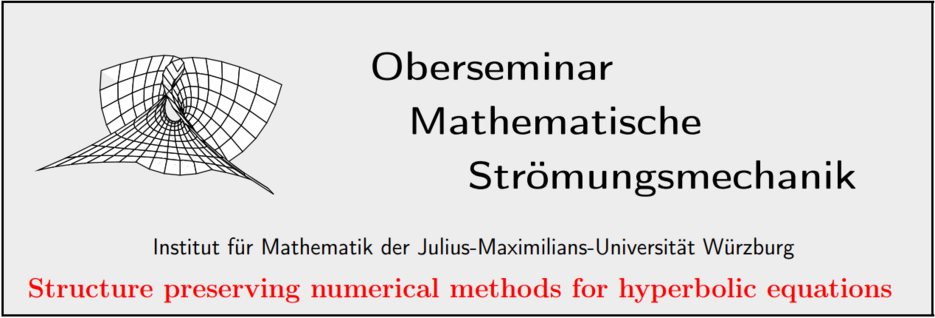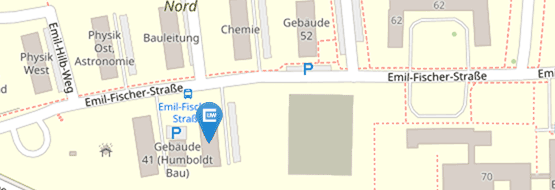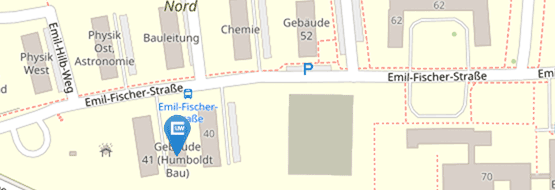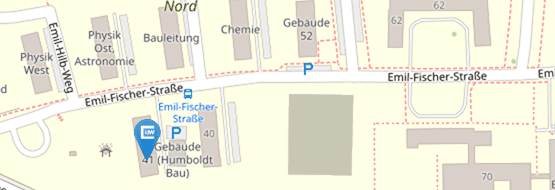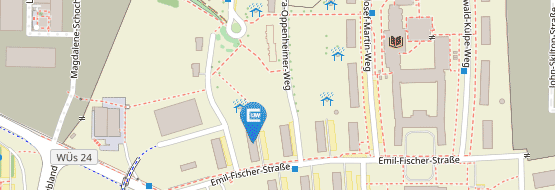Seminarreihe "structure preserving numerical methods for hyperbolic equations" im Oberseminar Mathematische Strömungsmechanik: Evgeniy Romensky, Symmetric Hyperbolic Thermodynamically Compatible equations: structure, constraints, asymptotic limits (Kopie
| Datum: | 08.10.2020, 09:30 - 10:00 Uhr |
| Kategorie: | Seminar, Veranstaltung |
| Vortragende: | Evgeniy Romensky |
This talk is part of the seminar series "structure preserving numerical methods for hyperbolic equations", click here for more details
Abstract:
We discuss the formulation of a class of partial differential equations called Symmetric Hyperbolic Thermodynamically Compatible (SHTC) systems and the properties of these systems. The derivation of the SHTC equations is based on the minimization of the action formed by the Lagrangian. The corresponding Euler-Lagrange equations can be formulated as a first order hyperbolic system in Lagrangian coordinates and after change of coordinates their Eulerian form can be derived. The involution constraints appear intrinsically in the Lagrangian form of SHTC equations as an integrability conditions and exist also in the Eulerian form. Due to the described derivation, the structure of equations, including fluxes, is uniquely determined. A remarkable property of the SHTS system is the presence of an additional energy conservation law, which allows the system to be transformed to a symmetric form by introducing generating potential and variables. And if the generating potential is a convex function, the SHTC system is hyperbolic in the sense of Friedrichs.
The dissipation in the SHTC equation can be introduced as an algebraic relaxation source terms in some equations, which preserves hyperbolicity, and due to appropriate choice of source terms the second law of thermodynamics is fulfilled. We consider the SHTC unified model of continuum that allows us to describe by the single PDEs system processes in elastic and elastoplastic solid, viscous and inviscid fluid in the presence of electromagnetic field. The asymptotic relaxation limits for small strain relaxation time and small thermal impulse relaxation time give us the classical Navier-Stokes-Fourier model for viscous flow with thermal conductivity.
via Zoom video conference (request the Zoom link from klingen@mathematik.uni-wuerzburg.de)


